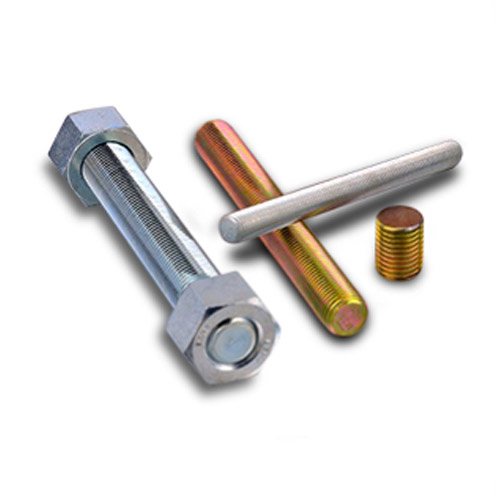अक्टूबर . 02, 2024 00:42 Back to list
Beam Clamp for Securely Supporting Various Load Applications and Configurations
Understanding Beam Clamps An Essential Component in Construction and Engineering
Beam clamps are vital fastening devices used in various construction and engineering applications. They serve the primary purpose of connecting structural beams to walls, additional beams, or other support systems, ensuring the stability and safety of a structure. In this article, we'll delve into the nuances of beam clamps, particularly focusing on types 3 and 4 beam clamps, their applications, advantages, and factors to consider when selecting the appropriate clamp for a project.
What are Beam Clamps?
Beam clamps are mechanical devices designed to attach to beams or girders. They provide a secure point for suspending loads while allowing the flexibility needed for adjustments or modifications in construction processes. Typically made from robust materials like steel or aluminum, beam clamps are engineered to handle significant weight and stress, making them essential for high-load applications.
Types of Beam Clamps
Among the various types of beam clamps available in the market, Types 3 and 4 bear particular significance
- Type 3 Beam Clamps These clamps are designed for light to medium-duty applications. They are often used in scenarios where a single beam or girder needs to be connected to another horizontal structure without penetrating the beam. Type 3 clamps are known for their easy installation process and are ideal for suspended wiring, piping, and ductwork. Given their moderate load capacities, they are commonly employed in residential and commercial buildings' HVAC systems.
- Type 4 Beam Clamps On the other hand, Type 4 clamps offer a more robust design suitable for heavy-duty applications. They can accommodate a larger load and are typically used in industrial settings, where safety and strength are paramount. These clamps are particularly advantageous in project scenarios involving heavy machinery or extensive overhead installations. Their design often includes additional features that enhance welding or bolting options, providing an extra layer of security for high-load scenarios.
Applications of Beam Clamps
Beam clamps find use in a diverse range of applications across various industries. Common applications include
- HVAC Systems In both commercial and residential structures, beam clamps are essential for supporting ductwork, piping, and electrical raceways. Their ease of installation ensures that HVAC systems run efficiently and safely.
beam clamp 3 4

- Industrial Settings Heavy machinery, overhead cranes, and different types of construction equipment rely on Type 4 beam clamps for stability and safety. They ensure that the integrity of the structure is maintained while facilitating easy access for maintenance.
- Suspended Scaffolding In construction, beam clamps allow for the safe installation of scaffolding systems, providing a secure mounting point that withstands the weight and movements associated with construction work.
Advantages of Using Beam Clamps
The use of beam clamps in construction and engineering has several advantages
1. Ease of Use Beam clamps are generally straightforward to install and require minimal tools, significantly reducing the labor time associated with complex fastening systems.
2. Versatility With different types available, including Types 3 and 4, beam clamps can be adapted for various applications, making them versatile components for different engineering challenges.
3. Safety Properly installed beam clamps enhance the safety of overhead installations by providing robust support, thus preventing potential accidents associated with falling objects.
4. Cost-Effective Using beam clamps can be a cost-effective solution for suspending loads without the need for extensive structural modifications, saving time and resources in construction projects.
Selecting the Right Beam Clamp
When selecting a beam clamp, it's essential to consider factors such as the load capacity required, beam size and type, and the specific application environment. For instance, while a Type 3 clamp might suffice for an HVAC installation in a residential building, a Type 4 clamp may be necessary for supporting heavy machinery in an industrial facility.
In conclusion, beam clamps, particularly Types 3 and 4, play an integral role in ensuring structural integrity and safety in various construction and engineering applications. Their versatility, ease of use, and reliability make them indispensable tools in the toolkit of engineers and construction professionals. As construction demands evolve, understanding the appropriate applications and selection criteria for beam clamps will remain critical to achieving safe and effective results in building and structural projects.


